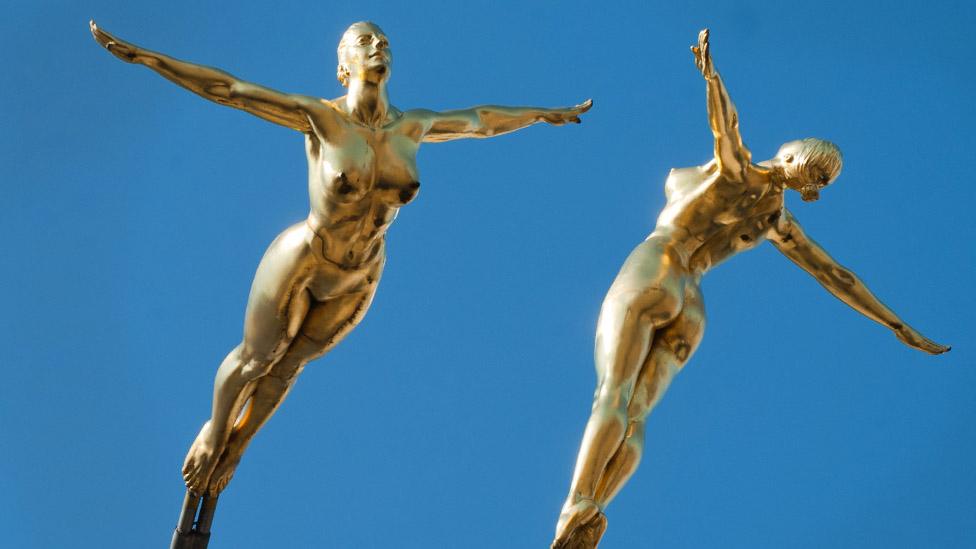Hidden Heroines statue: 'Making female success ordinary'
- Published
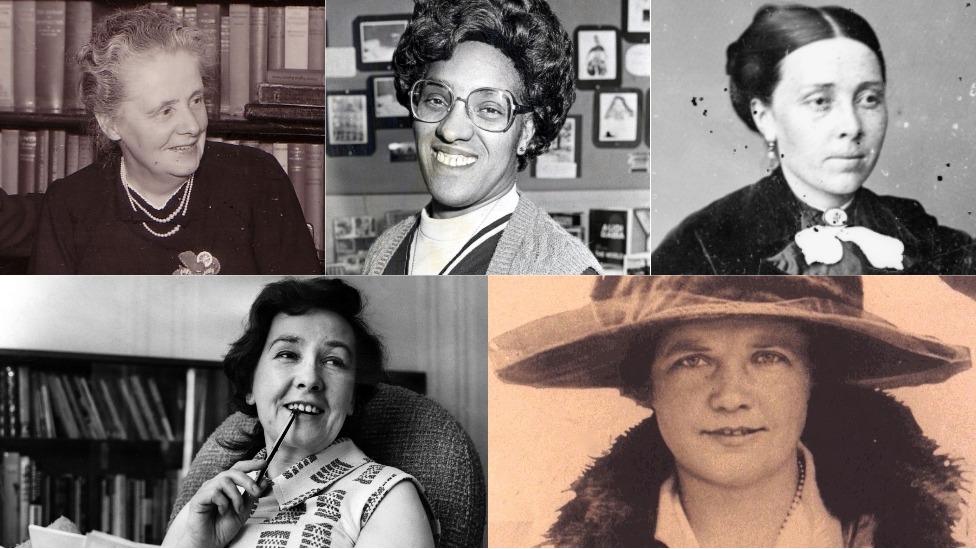
The shortlisted women are (clockwise from left) Elizabeth Andrews, Betty Campbell, Cranogwen, Lady Rhondda and Elaine Morgan
Cardiff's first statue of a named woman forgotten to history is to be decided by a public vote.
Five women have been shortlisted for the artwork which will be placed outside BBC Wales' new headquarters at Central Square.
The women, none of whom are still living, are Cranogwen, Lady Rhondda, Elizabeth Andrews, Elaine Morgan and Betty Campbell.
The public can vote online until 21:30 GMT on Wednesday.
Here journalist and broadcaster Carolyn Hitt, who is producing a documentary on the Hidden Heroines Project, explains why she believes it is so important to celebrate our female historical role models.
There is a phrase: "You can't be what you can't see."
For generations, girls have grown up in Wales without any visible sign of the female role models who have helped shape our nation.
Evidence of male achievement, meanwhile, is all around us. It is built into the very fabric of our communities.
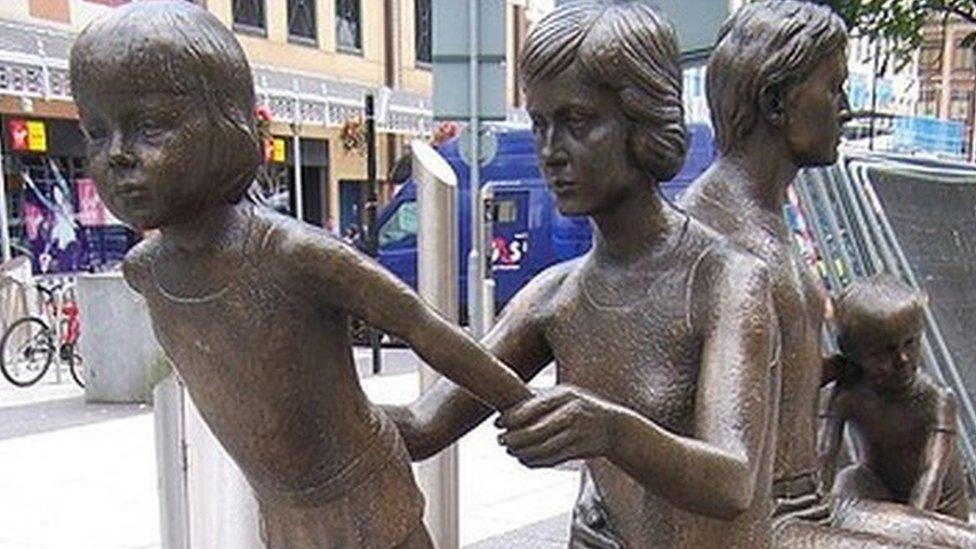
There are many generic statues of women and angels, such as this one in Cardiff
Statues of industrialists, soldiers, statesmen, musicians and sporting icons loom in towns and cities across Wales.
But you would struggle to know Wales is the Land of Our Mothers as well as Our Fathers because we have not celebrated the achievement of our remarkable historical women in the same way.
Half the battle is letting people know who these amazing women are in the first place because "history" is usually just that - "his" rather than "her" story.

The contenders:

Wales' desperate ignorance of notable women has twice been illustrated by polls of the Welsh public. In 2004 we had 100 Welsh Heroes - a vote operated by Culturenet Cymru, a Welsh Assembly-funded body. At the time the results were announced, the organisers claimed it was the largest online poll ever conducted in Wales - more than 80,000 votes were cast.
So how many women made it into our 100 Welsh Heroes? NINE. And, by the time I'd stopped ranting that of those nine only Catherine Zeta Jones made it into the top 20, they did it again. In 2008 the National Assembly for Wales launched a vote asking the Welsh public to shortlist the top ten Welsh idols. Only one woman made the cut - Katherine Jenkins.
But why couldn't they think of any other significant Welsh women? Granted it was a celebrity-tinged list but Hywel Dda was on there and it's not as if he had ever been on telly. Voters were knowledgeable enough to vote for a chap whose celebrity rests on ruling Deheubarth, minting his own coinage and developing the Welsh legal system in the 10th Century, but they could only come up with one famous female from the past 2,000 years.
Yet can we blame them when our female history is so invisible? Take a stroll around our capital city, however, and our male heritage is everywhere. Cardiff is populated by men on plinths including Aneurin Bevan, Ivor Novello, Lloyd George, Sir Gareth Edwards, Sir Tasker Watkins, Fred Keenor and John Batchelor. But there is not a single figurine of a female who actually lived - as opposed to a generic statue of womanhood - apart from Boudicca in City Hall.
And it's a scenario that is replicated across Wales, Britain and indeed the world. In 2016, Caroline Criado-Perez - the writer and campaigner who fought to get Jane Austen on a bank note - analysed the gender make-up of the statues listed in the UK national database of the Public Monuments and Sculpture Association.
She discovered that of the 925 statues recorded, only 158 of those were women who merited a statue that stands on its own. Of these 158, almost half were allegorical figures, 14 were of the Virgin Mary and 46 were of royalty. That left only 25 statues of historical, non-royal women in the UK.

A statue of Emmeline Pankhurst was unveiled in Manchester in December
In Australia, only 3% of public statues honour real-life, non-royal women, while in America a 2011 survey of monuments listed fewer than 400 of its 5,000 historical statues as female, a situation referred to there as the "marble ceiling".
In response to this dearth of female statues, campaigns have sprung up across the world, challenging the underrepresentation of historical women in art in the public realm. In Scotland, the National Wallace Monument's Hall of Heroes - home to 16 busts of Scottish legends such as John Knox - will welcome its first two busts of women next Spring, chosen by a public vote.
A statue of Emmeline Pankhurst was unveiled in December in her home city of Manchester, where the only other female monument among 17 male statues is of Queen Victoria. New York's Central Park - home to 22 bronze men - will add its first ever statue of a real woman in 2020.
And now Wales is finally following suit. Two years ago, I wrote an article in the Western Mail expressing my incredulity that there wasn't a single statue of a Welsh woman who had actually lived in any outdoor space in Wales. Helen Molyneux - then chair of the Institute of Welsh Affairs - read it and couldn't believe it either. So she decided to do something about it.
"I started to look into it and was completely shocked, not just that there weren't any statues, but that actually it was difficult to find the stories of women who had 'achieved'," Helen recalls.
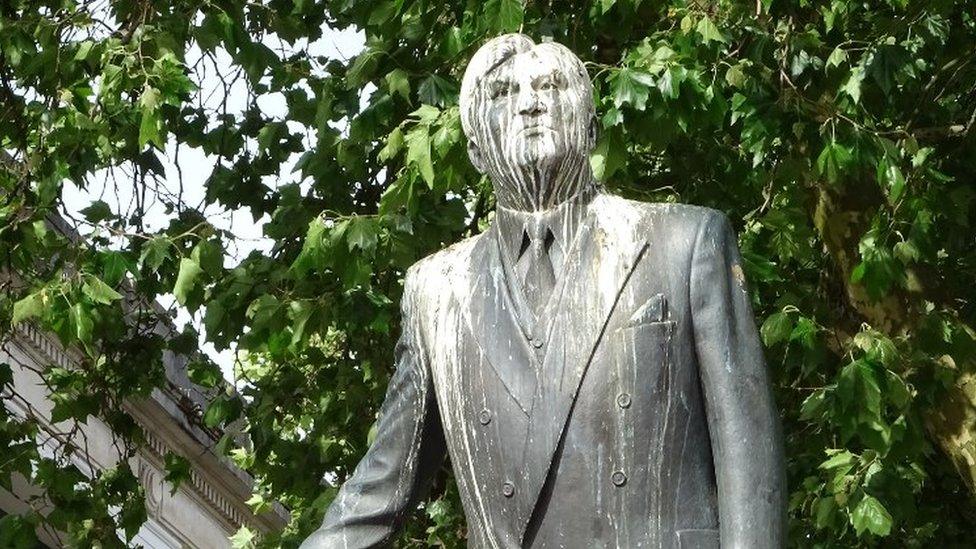
A statue of NHS founder, Aneurin Bevan, has stood proudly at Cardiff's Queen Street for more than 30 years
"I was also shocked by the casual acceptance of people that I spoke to about it that there were no women worth celebrating.
"They couldn't think of anyone worthy of a statue - and therefore they didn't exist. In reality of course, it's because they didn't get recognised that we no longer know anything about them. Their history was simply not recorded. It started me thinking about why this was and what we should do about it."
She added: "I am a great believer in 'you can't be what you can't see'. And we certainly know that girls in particular will emulate what they see. Just look at the reaction they have to pictures in magazines, online - not always for the good. Advertisers call the vloggers and instagrammers that our daughters follow 'influencers' because they see it and they want to be it.
"But where are the everyday images of the women who have achieved so much in Wales over the centuries? We have statues of plenty of men - some of whom actually deserve them. But none of women. How can we normalise female success and achievement if we don't get the same every day recognition as our male counterparts.
"So the statue project is an extraordinary way of making female success 'ordinary' - something not to be commented on as a rare and precious thing. To give our girls - and our boys - images of successful, inspiring women that they see as part of the fabric of where they live, because eventually to be a successful women is nothing noteworthy."
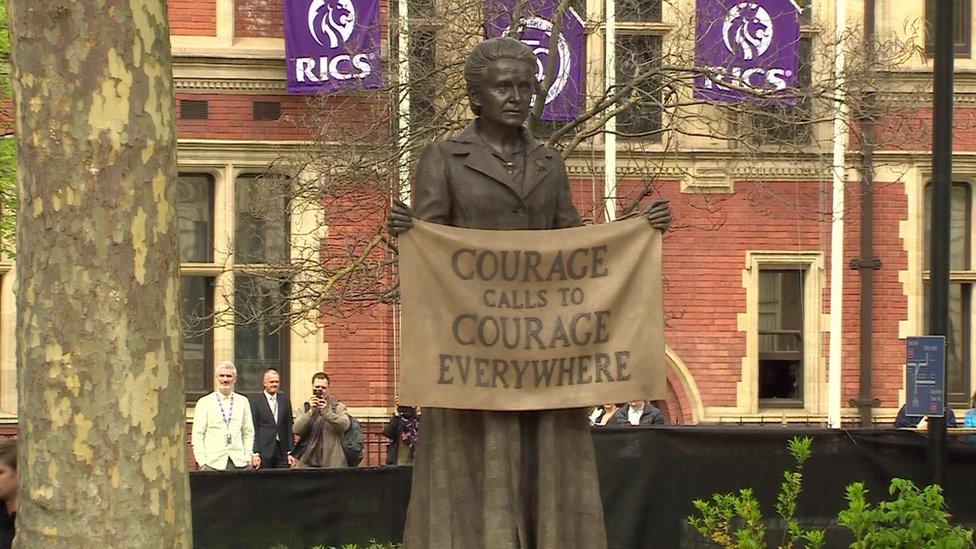
A statue commemorating the life of the suffragist, Millicent Fawcett, was unveiled opposite Parliament in April
To make the statue a reality, Helen put a task force of women together, identified a prime location which had already been earmarked for public art in Cardiff's new Central Square development and persuaded Cardiff City Council that any statue built on that site should be of a Welsh historical woman.
With the help of the Welsh Women's Equality Network, Helen's task force of historians and women drawn from business, science, law, the arts and media, drew up an initial longlist of 50 historical Welsh women. An expert panel whittled that roll call down to the shortlist of the five Welsh women - Elizabeth Andrews, Betty Campbell, Cranogwen, Elaine Morgan and Lady Rhondda - who are being put to the public vote in the Hidden Heroines project.
The hope is this first statue is just the start.
"We chose women from various disciplines and walks of life who we feel represent the best of Welsh womanhood," said Helen.
"The choice is enormously difficult and it is vital that people understand that the statue will hopefully be the first of many across Wales and so is not intended to be 'the best' Welsh woman but a symbol of what Welsh women have achieved over the centuries - as well as being worthy in her own right of having her story remembered and celebrated.
"And very importantly we want it to be an amazing statue - a piece of art that people will come to Cardiff just to see. It will be the place that visitors to the capital head to for their first selfie. An iconic landmark."
Once the people of Wales have chosen their Hidden Heroine, three world-renowned sculptors will compete for the privilege of creating the statue.
The artwork will be unveiled in 2020 and as thousands of visitors and locals alike step out of Cardiff Central station, a remarkable woman from Welsh history will be the first statue they see.
For future generations of our girls, it might just be who they want to be too.
- Published11 January 2019
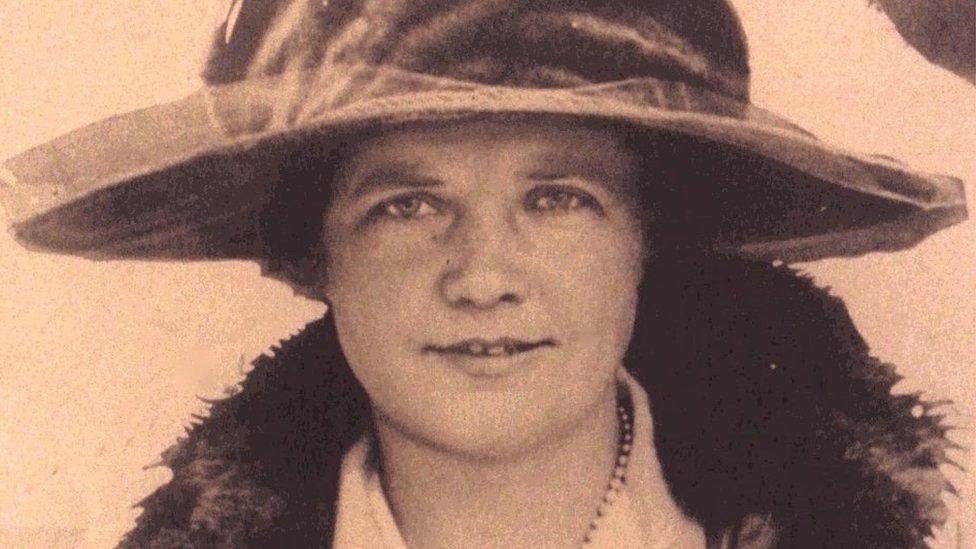
- Published10 January 2019
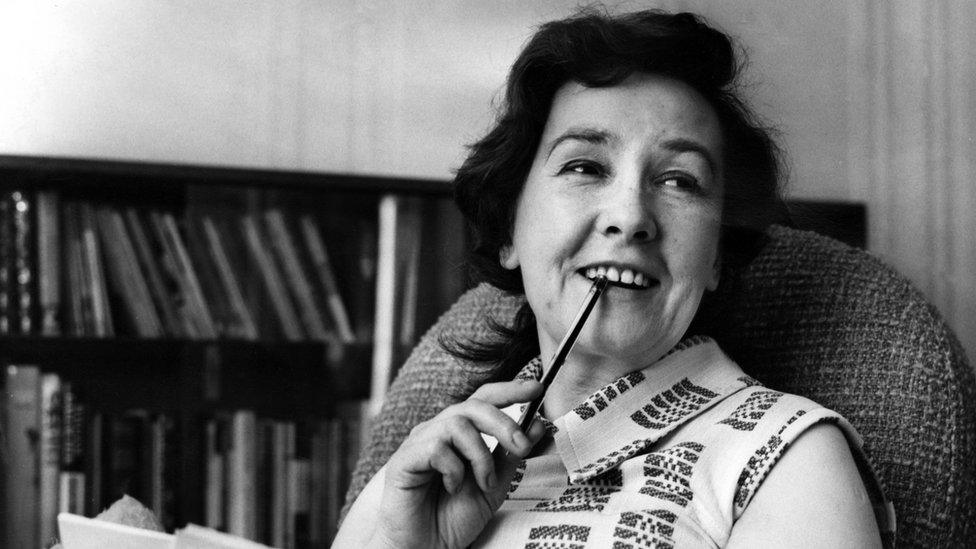
- Published9 January 2019
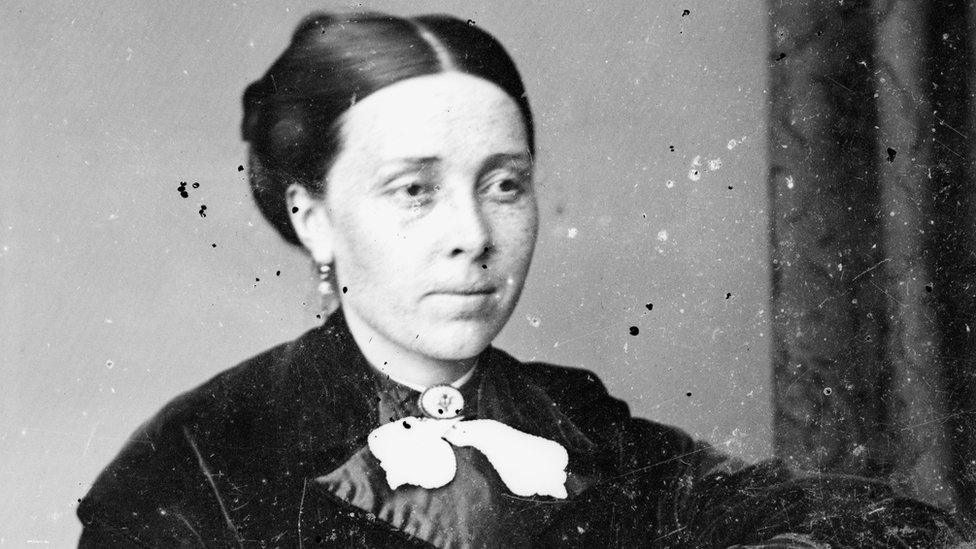
- Published8 January 2019
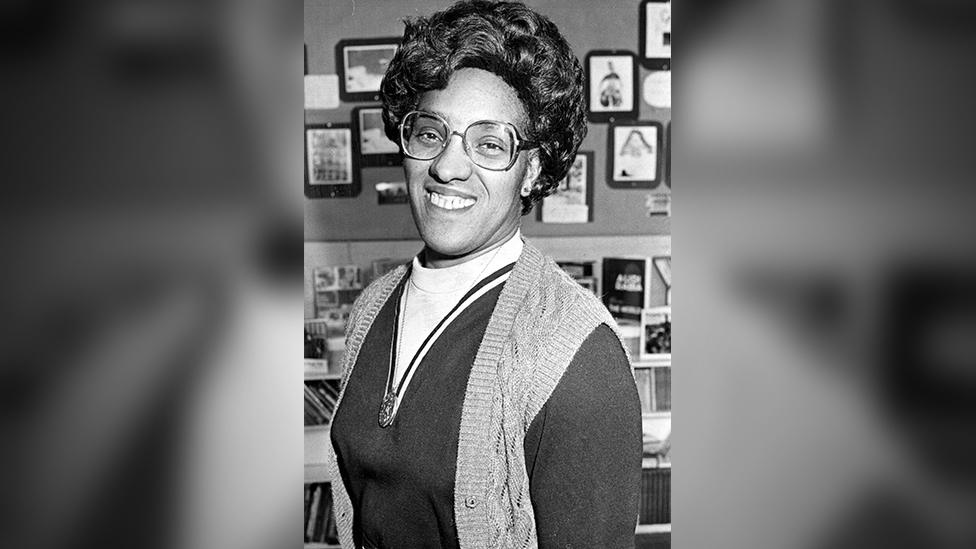
- Published7 January 2019
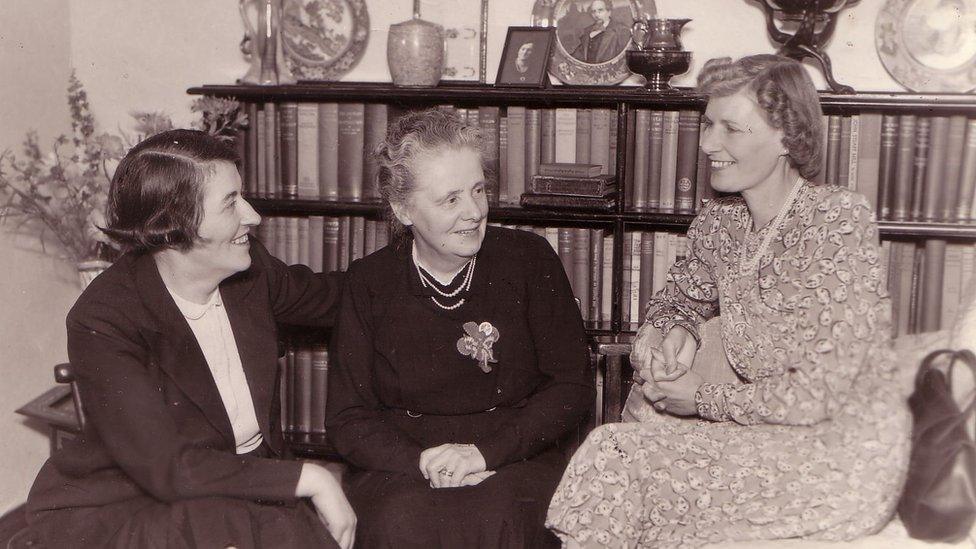
- Published24 April 2018
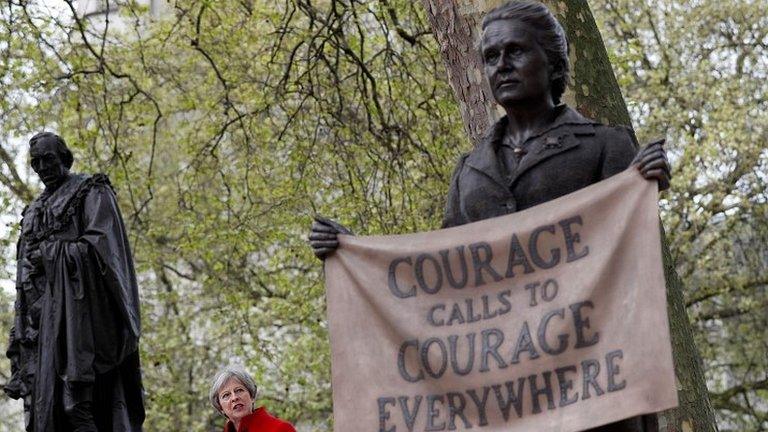
- Published7 July 2016
